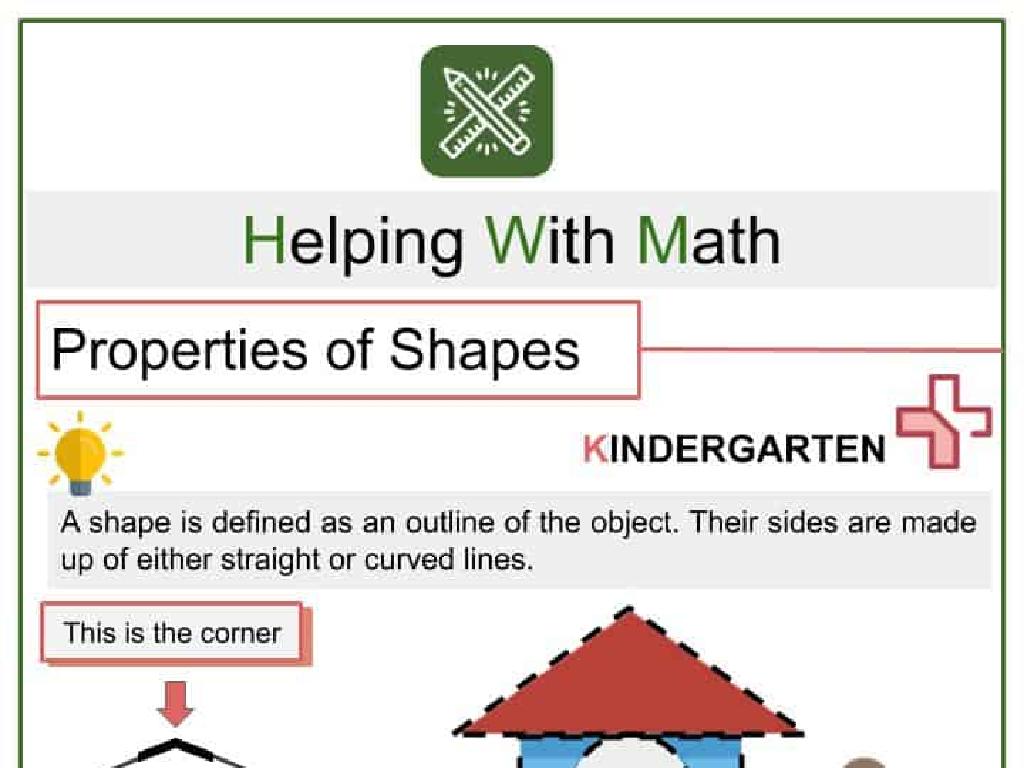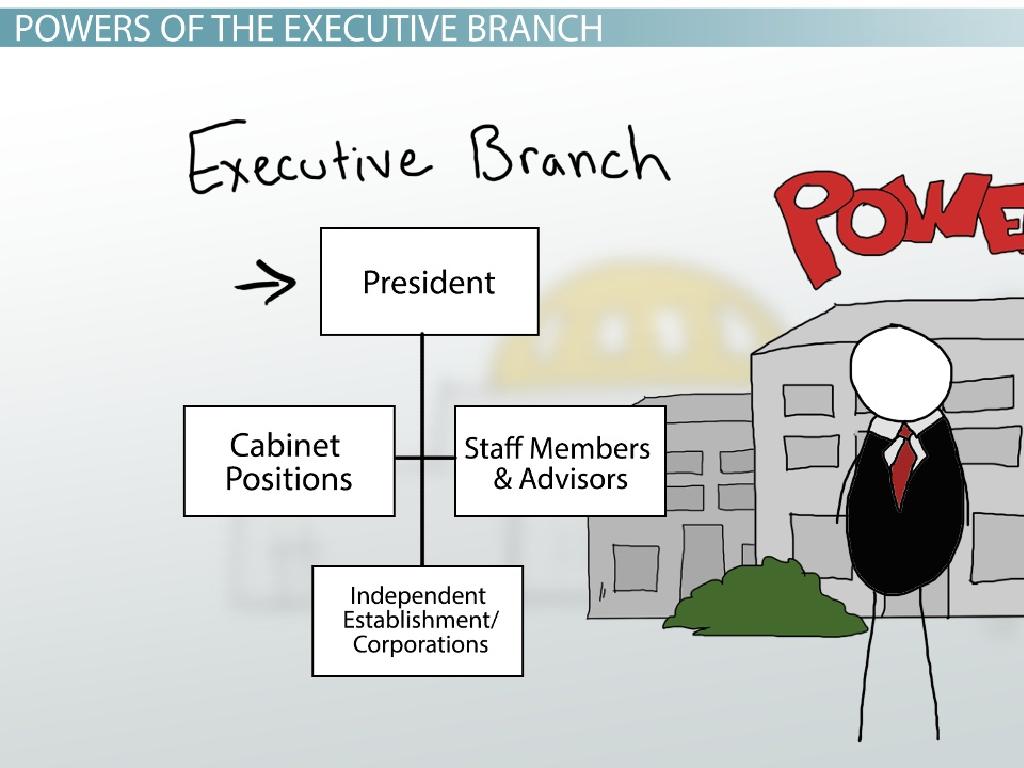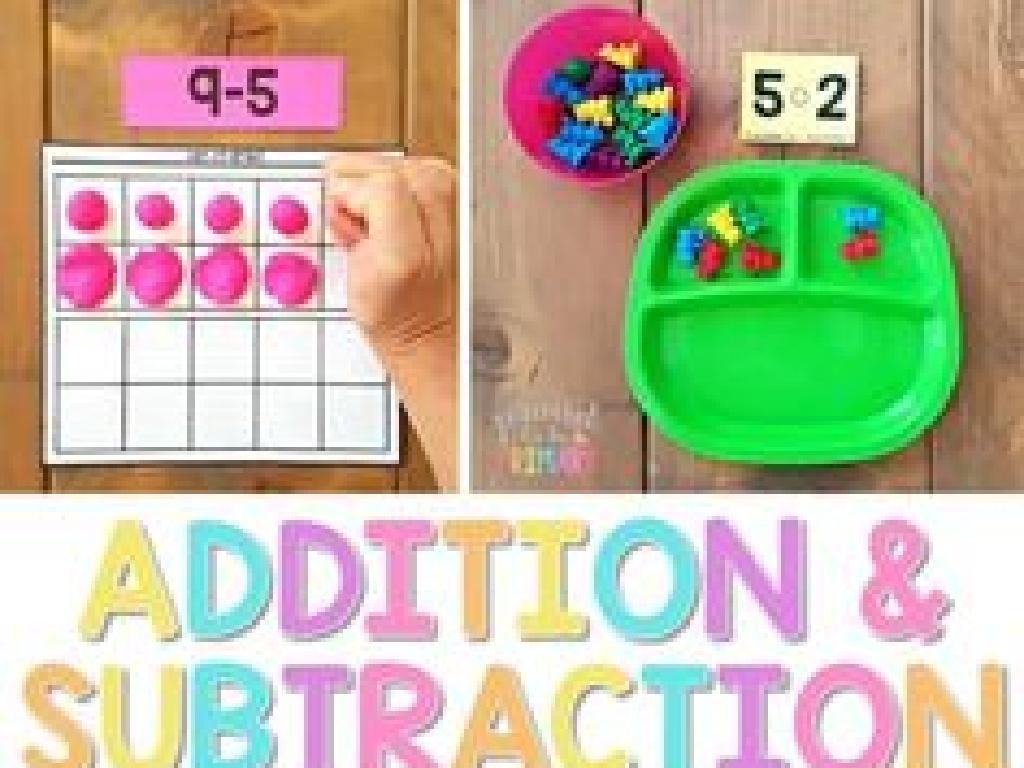Add And Subtract Rational Numbers
Subject: Math
Grade: Seventh grade
Topic: Operations With Rational Numbers
Please LOG IN to download the presentation. Access is available to registered users only.
View More Content
Welcome to Rational Numbers!
– Define rational numbers
– Numbers expressed as a fraction of two integers, e.g., 1/2, 3/4, 5/5
– Examples of rational numbers
– Everyday examples: 3/4 cup of sugar, 50/100 on a test, -2/3 of a pizza
– Place in the number system
– Rational numbers include integers, fractions, and decimals
– Adding and subtracting
|
Introduce the concept of rational numbers by defining them as any number that can be expressed as the quotient or fraction of two integers. Provide relatable examples to help students recognize rational numbers in everyday life. Explain how rational numbers encompass a broad range of numbers including whole numbers, fractions, and decimals, and how they fit into the larger number system. Highlight the importance of understanding how to add and subtract rational numbers as a foundational skill for more advanced math concepts. Encourage students to think of their own examples of rational numbers and how they are used in various contexts.
Understanding Rational Numbers
– Definition of rational numbers
– A number that can be expressed as a fraction a/b, where a and b are integers and b is not zero.
– Fractions & decimals examples
– For example, 1/2 and 0.75 are both rational because they can be expressed as fractions.
– Numerators & denominators role
– The numerator (top number) and denominator (bottom number) determine the value of a fraction.
– Rational numbers in math
|
This slide introduces the concept of rational numbers, which are any numbers that can be expressed as a fraction of two integers, with a non-zero denominator. It’s crucial for students to understand that both fractions and decimals can represent rational numbers. Emphasize the importance of the numerator and denominator in determining the value of a fraction. This foundational knowledge is essential for performing operations like addition and subtraction with rational numbers. Provide examples of rational numbers and encourage students to think of their own. Discuss why understanding rational numbers is important in math and real-life applications.
Adding Rational Numbers
– Rules for adding rational numbers
– Keep the sign of the larger number, and add magnitudes
– Adding with like denominators
– Simply add the numerators and keep the denominator
– Finding common denominators
– Use the least common multiple (LCM) of denominators
– Adding with unlike denominators
– After finding LCM, add the equivalent fractions
|
When adding rational numbers, students should remember to consider the signs of the numbers involved. If the numbers have the same sign, add their magnitudes and keep the sign. If they have different signs, keep the sign of the larger number and subtract the smaller magnitude from the larger one. When the denominators are the same, addition is straightforward. However, with unlike denominators, finding a common denominator is necessary. Teach students to find the least common multiple of the denominators to create equivalent fractions, which can then be added easily. Provide examples for each case and encourage practice with both positive and negative rational numbers.
Subtracting Rational Numbers
– Rules for subtraction
– Keep the first number, change subtraction to addition, and take the opposite of the second number.
– Subtract with like denominators
– Simply subtract the numerators and keep the denominator.
– Find common denominators
– Multiply to find a common denominator for both numbers.
– Subtract with unlike denominators
– After finding a common denominator, subtract the numerators as usual.
|
This slide focuses on the process of subtracting rational numbers. Start by explaining the rules for subtraction, which involve changing the subtraction operation to addition and taking the opposite of the second number. This is also known as ‘Keep, Change, Change.’ Then, demonstrate how to subtract rational numbers with like denominators by subtracting the numerators while keeping the denominator the same. For unlike denominators, guide students through the process of finding a common denominator by identifying the least common multiple of the denominators. Once a common denominator is found, convert each rational number to an equivalent fraction with the common denominator and then subtract the numerators. Provide examples for each case and encourage students to practice with problems of varying difficulty.
Practical Applications of Rational Numbers
– Everyday addition and subtraction
– Calculate change from a purchase or total expenses
– Financial literacy with rational numbers
– Budgeting income and expenses, understanding interest
– Problem-solving in real-life scenarios
– Use rational numbers to make informed decisions
– Understanding rational number operations
|
This slide aims to show students how adding and subtracting rational numbers are used in real-life situations, emphasizing the practicality of math in everyday life. For example, when making purchases, calculating the correct change involves adding and subtracting decimals, which are rational numbers. Financial literacy, such as budgeting and calculating interest, requires the use of rational numbers to manage finances effectively. Encourage students to think of times they have used rational numbers to solve problems in their own lives. This will help them understand the importance of mastering operations with rational numbers and see the relevance of math beyond the classroom.
Class Activity: Rational Numbers Relay
– Form small groups for a relay
– Receive a set of rational number problems
– Solve as a team, then pass on
– First to finish correctly wins
|
This activity is designed to encourage teamwork and reinforce the concept of adding and subtracting rational numbers. Divide the class into small groups, each group will receive a set of problems involving rational numbers. One member from each group will solve a problem before passing the worksheet to the next member. This continues until all problems are solved. The first team to correctly complete all problems wins. Ensure that each problem varies in difficulty and includes both addition and subtraction of fractions, decimals, and mixed numbers. Monitor the groups to ensure that each member is participating and offer guidance as needed. Possible variations of the activity could include a mix of word problems, timed challenges, or incorporating other operations with rational numbers.
Wrapping Up: Adding & Subtracting Rational Numbers
– Review of rational number operations
– Practice and patience are key
Mastering math takes time, don’t rush.
– Homework: Problem set assignment
Complete the problems to reinforce today’s lesson.
– Next class: Q&A session
Bring any questions you have to our next meeting.
|
This slide aims to summarize the day’s lesson on adding and subtracting rational numbers, emphasizing the importance of consistent practice and patience in mastering mathematical concepts. The homework is assigned to provide students with the opportunity to apply what they’ve learned independently, reinforcing their understanding. Remind students that it’s normal to find new concepts challenging and that improvement comes with practice. Encourage them to approach their homework with a positive mindset and to come prepared to the next class with questions or problems they encountered. This proactive approach will help them become more confident in their math skills.






